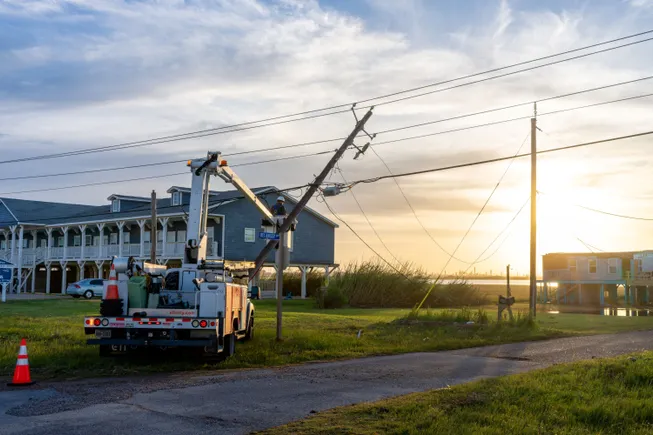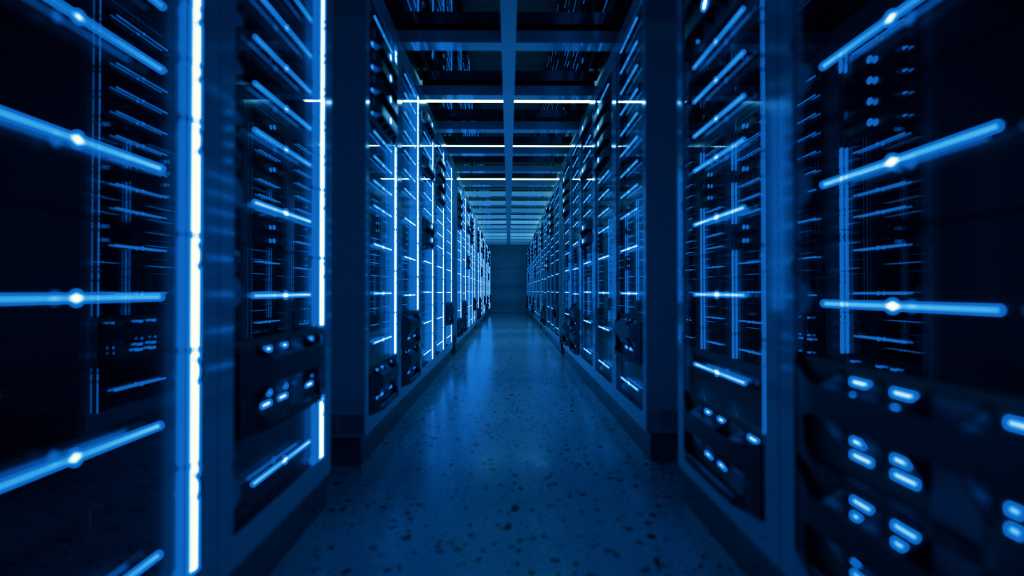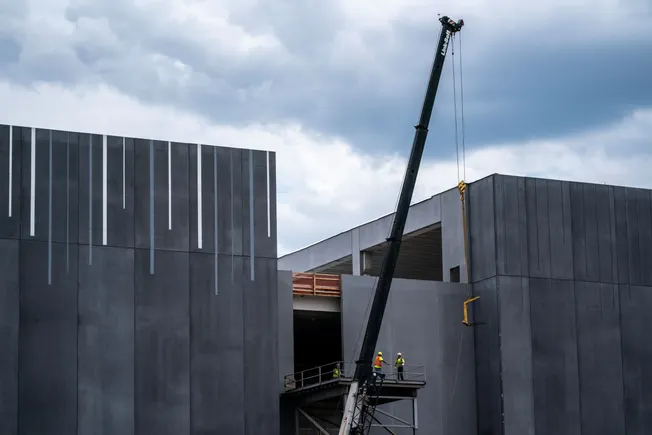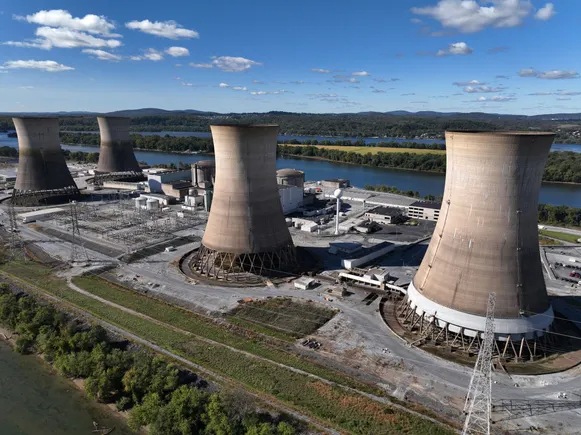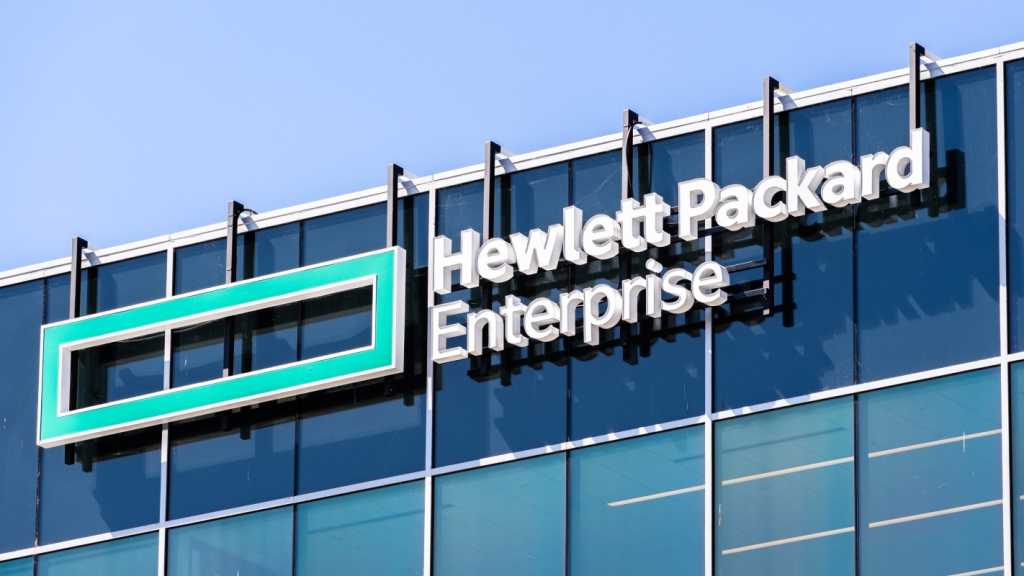Join our daily and weekly newsletters for the latest updates and exclusive content on industry-leading AI coverage. Learn More
DeepSeek, the fast-growing Chinese AI company, is shaking up global technology yet again. Just as the rapid rise of the company’s frontier AI models triggered a sell-off of U.S. artificial intelligence stocks, the company launched a brand new product: Janus Pro 7B, an open-source vision-based AI model. (You can try a demo right here.)
This unexpected release from DeepSeek intensifies investor worries about China’s growing power in AI and further pressures American tech companies. The company curiously released Janus Pro 7B today as U.S. AI stocks plunged, a timing that appears to be deliberate and designed to highlight the Beijing-based firm’s challenge to Silicon Valley.
DeepSeek’s latest launch follows its release last week of the frontier R1 large language model. Industry experts were largely impressed by R1’s efficient and strong performance. The R1 model immediately raised concerns that China is quickly advancing in AI and could disrupt the current leaders in the field. Markets reacted quickly. Nvidia, a key maker of AI chips, saw its stock price fall sharply. Other major AI companies also experienced stock drops as investors reassessed the competitive landscape with DeepSeek emerging as a strong new player.
NEWS: DeepSeek just dropped ANOTHER open-source AI model, Janus-Pro-7B.
It’s multimodal (can generate images) and beats OpenAI’s DALL-E 3 and Stable Diffusion across GenEval and DPG-Bench benchmarks.
This comes on top of all the R1 hype. The ? is cookin’ pic.twitter.com/yCmDQoke0f
— Rowan Cheung (@rowancheung) January 27, 2025
Efficiency is the new king: Why Janus Pro 7B changes everything
DeepSeek is now extending its reach beyond language processing into the critical domain of computer vision with Janus Pro 7B. According to the technical paper released alongside the model, Janus Pro 7B is engineered for efficiency and versatility, excelling in a range of visual tasks from generating photorealistic images to performing complex visual reasoning.
“Janus [Pro] is a series of efficient vision models,” the DeepSeek research team states in their paper, “aiming to achieve a balance between performance and computational cost. We present Janus-Pro-7B, a 7 billion parameter vision model…achieving state-of-the-art performance on a wide range of vision tasks.”
This emphasis on efficiency is a crucial differentiator for enterprise customers. Unlike some of the largest and most resource-intensive AI models, Janus Pro 7B, with its 7 billion parameters, is designed to deliver high-level performance without demanding vast computational resources.
This efficiency could significantly lower the barrier to entry for businesses looking to integrate advanced vision AI into their operations. For companies ranging from startups to multinational corporations, the prospect of deploying sophisticated visual intelligence without incurring exorbitant infrastructure costs is increasingly attractive.
The research paper further details the breadth of the model’s capabilities, stating, “Janus-Pro-7B demonstrates strong performance in various vision tasks, including image generation, visual question answering, and image captioning.”
This multi-faceted functionality is particularly appealing for businesses seeking to leverage AI across diverse applications. Imagine a global retailer utilizing Janus Pro 7B to automate the creation of marketing visuals, respond to customer inquiries about product appearance, and generate detailed and visually rich descriptions for online product listings — all powered by a single, streamlined AI model. The potential for streamlining workflows, enhancing customer engagement, and improving operational efficiency is substantial.
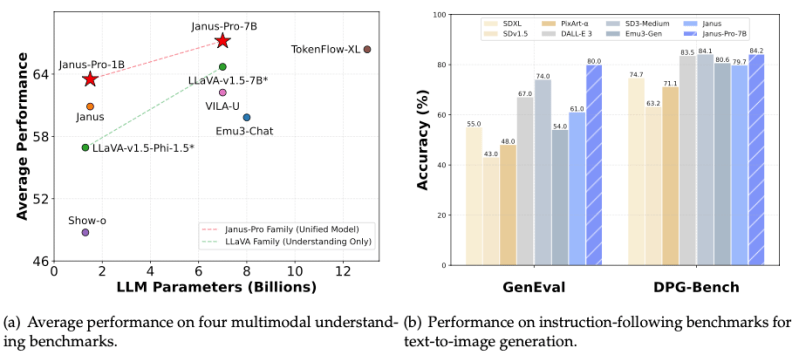
DeepSeek’s one-two punch: R1 language model followed by vision AI intensifies market anxiety and competitive pressure
The timing of the Janus Pro 7B launch amplifies its impact. Coming on the heels of the R1 model and the ensuing market turbulence, it reinforces the narrative of DeepSeek as an innovator capable of disrupting the established order in AI.
Last week’s initial market jitters, triggered by R1’s release on a holiday Monday, escalated into full-blown panic over the weekend as leaked benchmarks and online demonstrations highlighted the model’s impressive capabilities. And today, as the tech stock sell-off intensified, DeepSeek introduced Janus Pro 7B, further amplifying the sense of urgency and competitive pressure felt by U.S. AI companies.
Markets are reacting viscerally to DeepSeek, not just to another AI competitor. They sense a rule change. For too long, AI’s story was relentless scaling: bigger models, more parameters, higher costs. This favored giants, mostly in the West. DeepSeek, with Janus Pro 7B and R1, breaks this mold. They show nimble, efficient models can overperform. It’s an architectural shift. AI advantage may shift from server farm size to smart innovation and broad distribution.
Janus Pro 7B’s open-source nature amplifies this disruption. Like open-source movements before, this increases access to advanced AI, unlike closed proprietary models. Enterprises outside Big Tech gain: cutting-edge AI without vendor lock-in or high fees. For AI powerhouses, DeepSeek poses a direct threat. Can their proprietary, premium models survive free, high-quality alternatives? The market sell-off suggests investors doubt it.
For enterprise technology decision-makers, the message is increasingly clear: the AI landscape is undergoing a rapid transformation, and DeepSeek represents a significant new force.
Ignoring the implications of Janus Pro 7B, and DeepSeek’s broader strategic approach, would be a critical oversight. Businesses must now assess the opportunities and challenges presented by this new wave of AI innovation, even amidst ongoing market volatility and geopolitical uncertainties. The era of unchallenged U.S. AI leadership may be drawing to a close, and the global economy is entering a more dynamic and potentially disruptive phase of AI-driven competition.
Daily insights on business use cases with VB Daily
If you want to impress your boss, VB Daily has you covered. We give you the inside scoop on what companies are doing with generative AI, from regulatory shifts to practical deployments, so you can share insights for maximum ROI.
Read our Privacy Policy
Thanks for subscribing. Check out more VB newsletters here.
An error occured.


